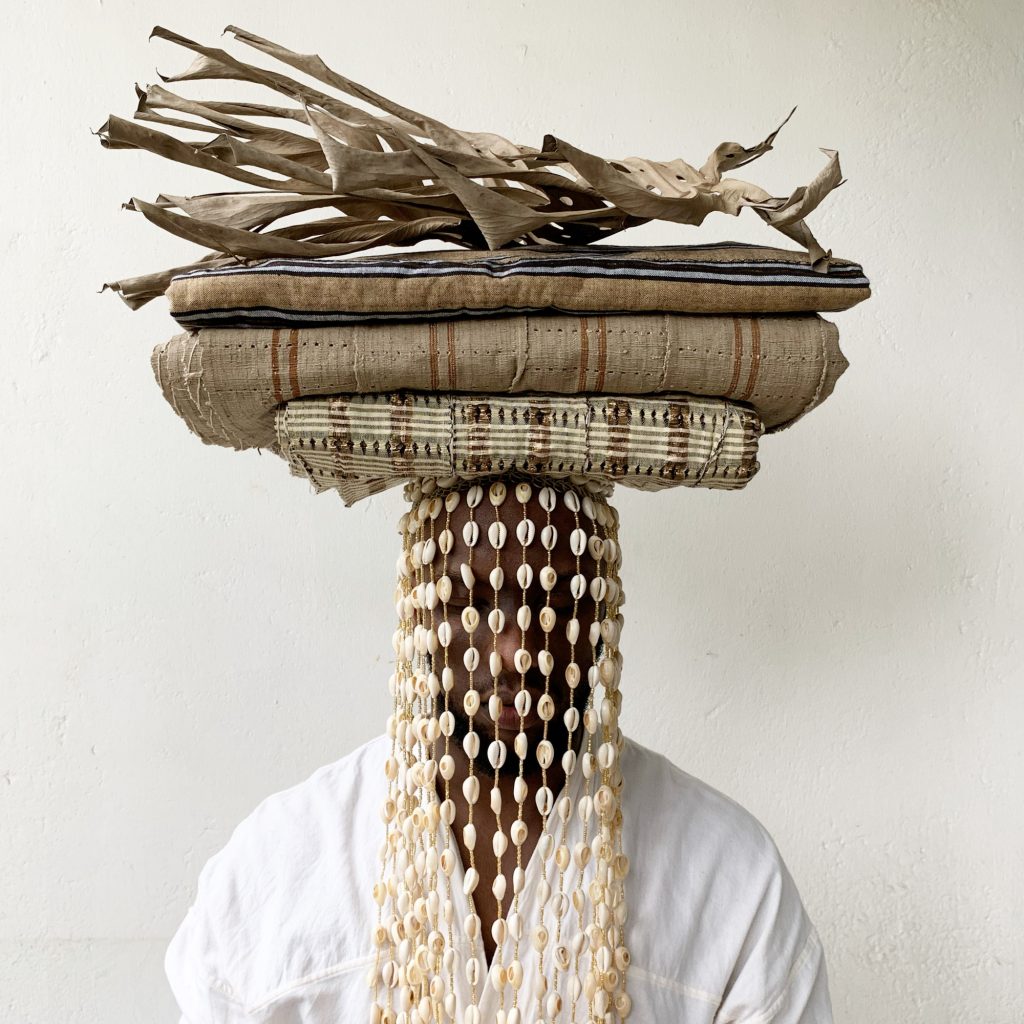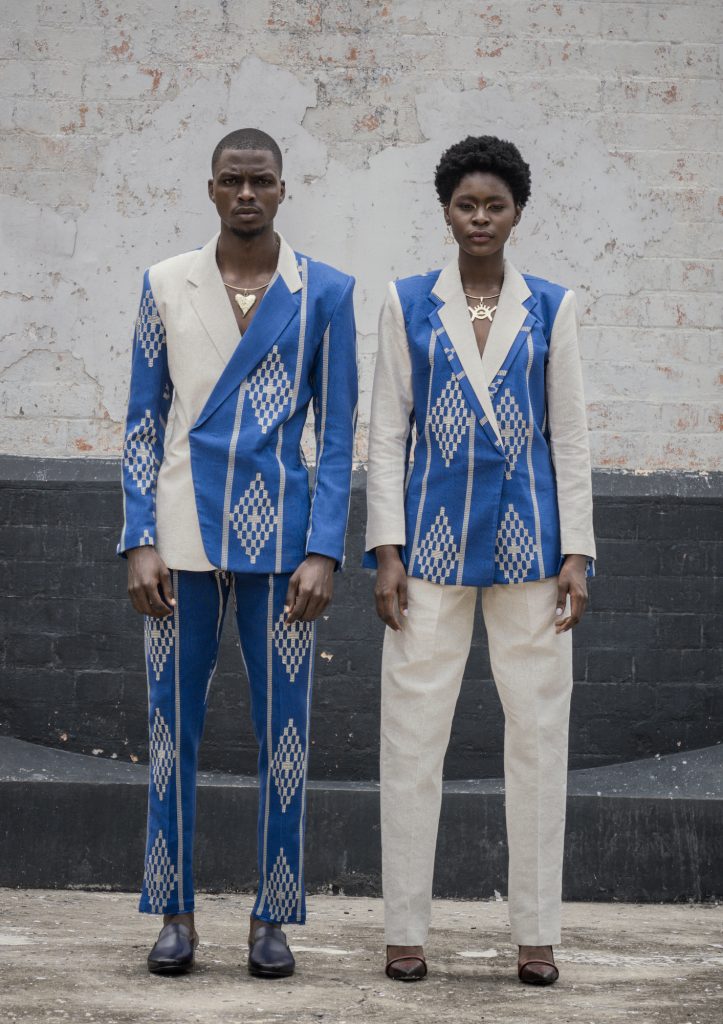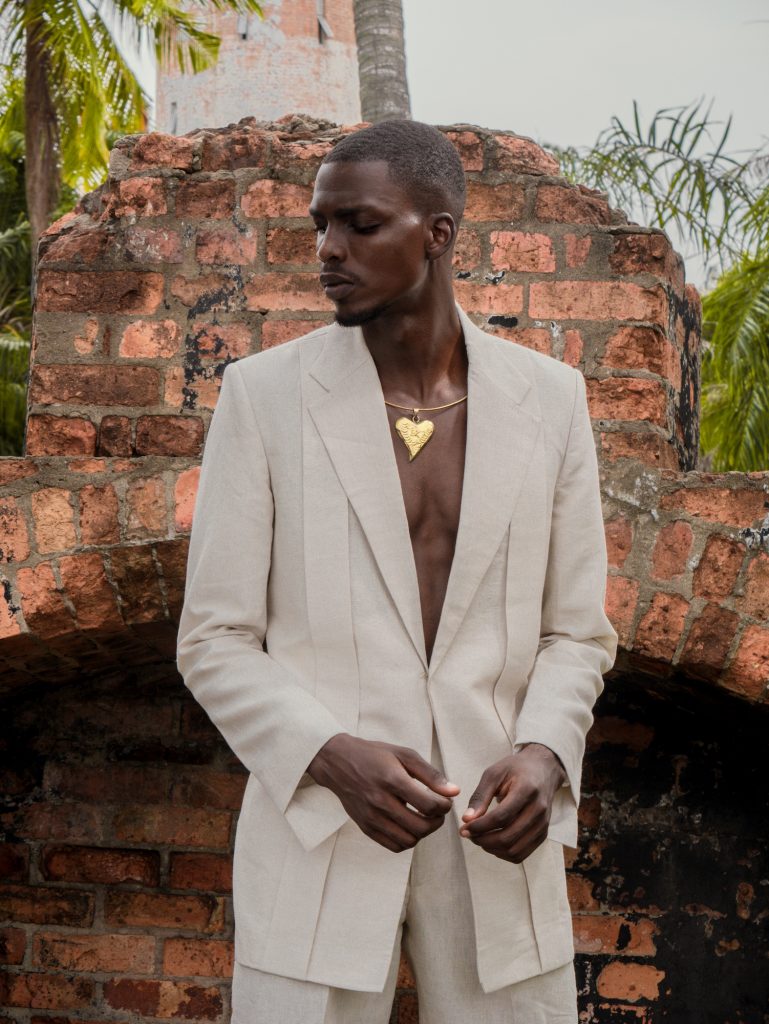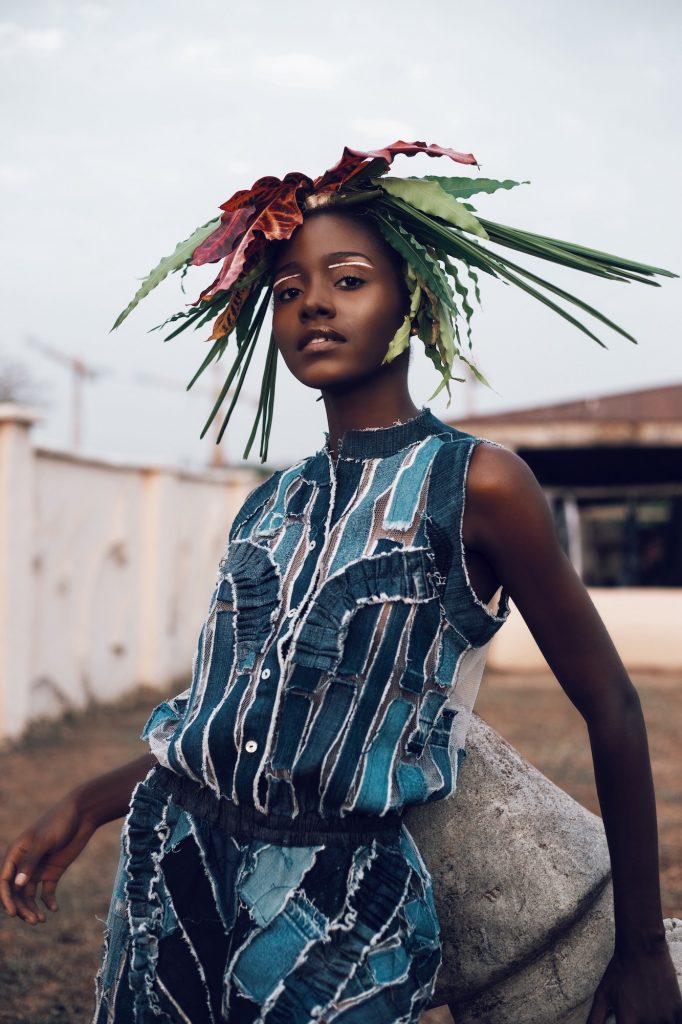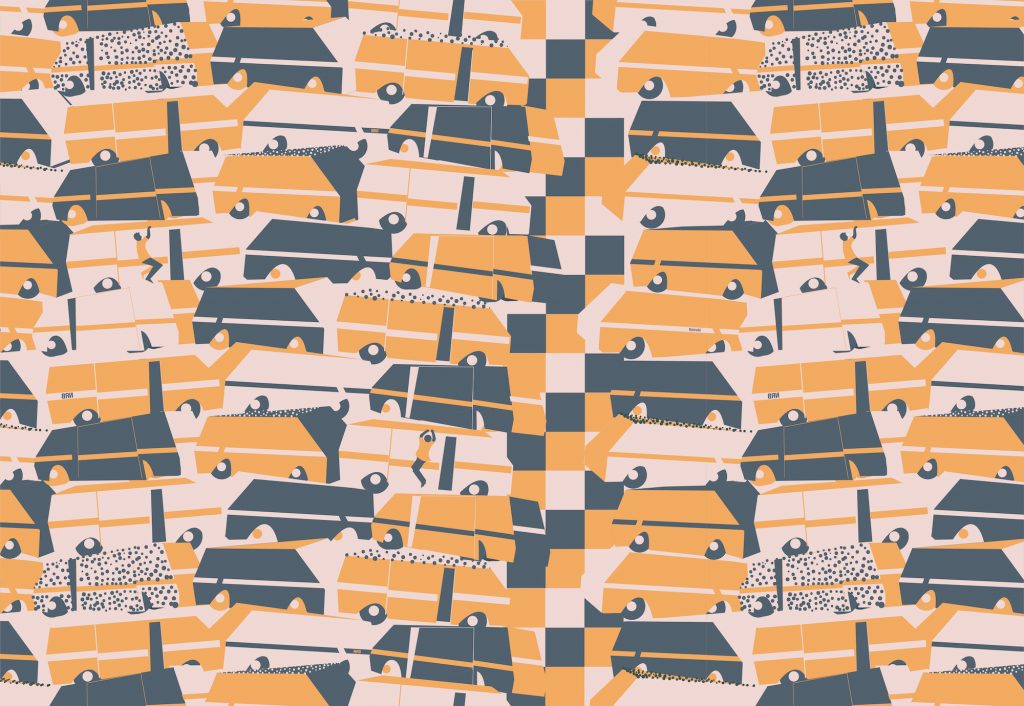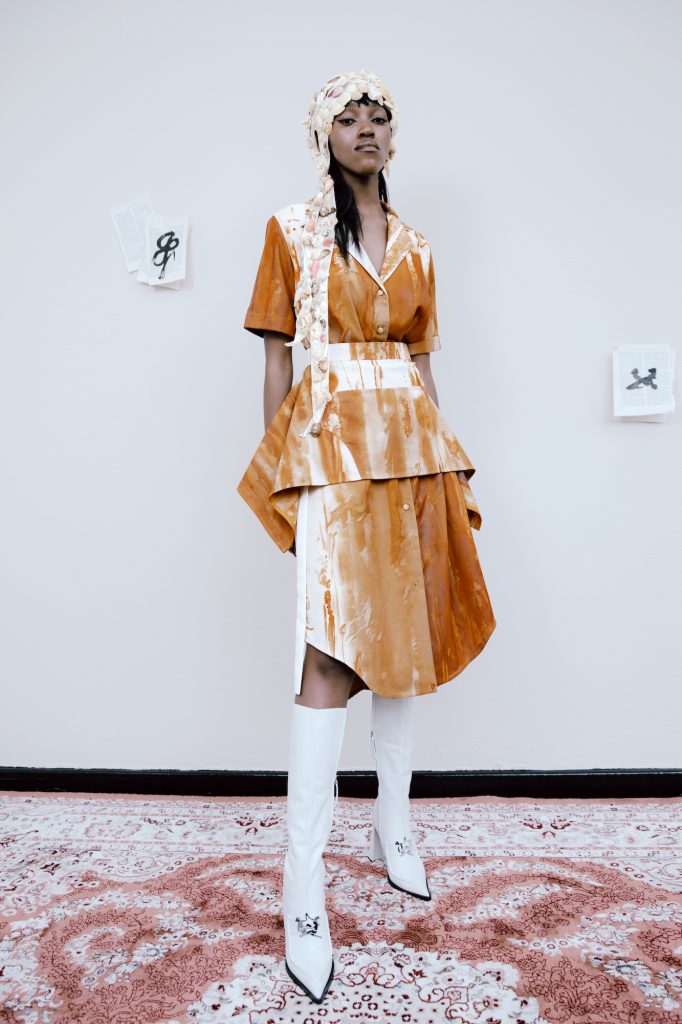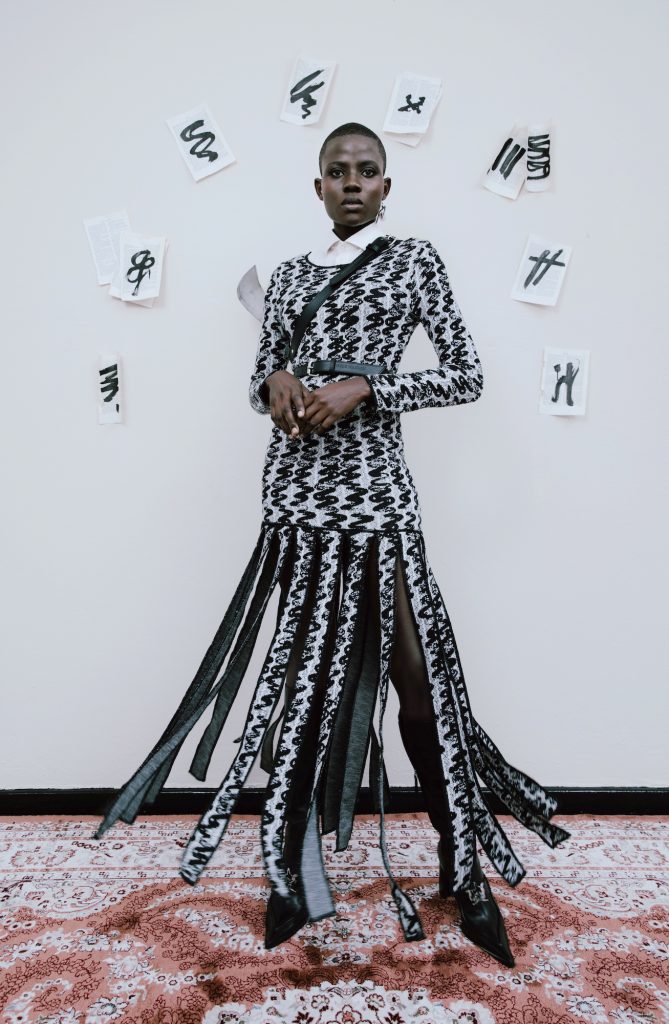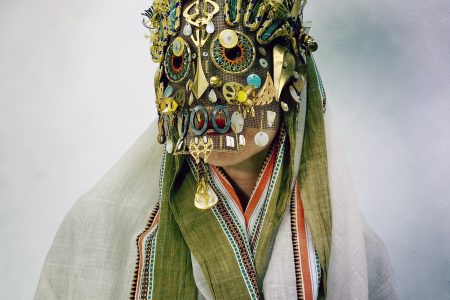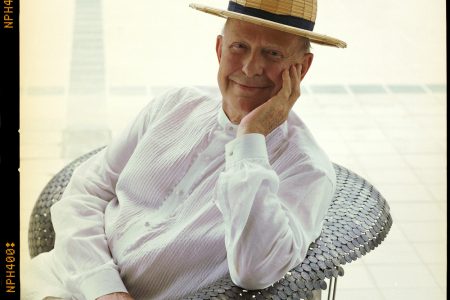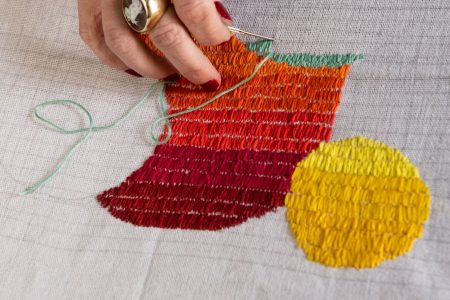Common Threads – Contemporary African Fashion
Meet the new generation of African creatives taking the continent’s textile culture into the future. Helen Jennings reports.
“Cloth is to Africans what monuments are to Westerners… Their capacity and application to commemorate events, issues, persons and objectives outside of themselves are so immense.” El Anatsui, 2005
These wise words from Ghana’s most celebrated fine artist sums up Africa’s gloriously storied textile heritage, which not only speaks to generations of artisanal mastery but also to the significant cultural communication performed with cloth across the continent. And over recent decades, African fashion designers have elevated these treasures still further through their designs. Early pioneers include Shade Thomas-Fahm who revolutionised Nigerian fashion in the 1960s by using handwoven aso-oke. In the 1980s, Malian Chris Seydou was the first designer to consider bògòlanfini mud cloth. And in 1990s Ghana, Kofi Ansah modernised ceremonial kente cloth.
Today many heritage fabrics face being lost as older generations of makers pass on. This does not mean however, as commonly believed, that African fabric and weaving traditions belong to the past, unchanging relics of a by-gone era. In fact, they remain ever-evolving tools for creating employment, empowerment and innovation. For example, the Ethical Fashion Initiative, a programme of the International Trade Centre, works with co-ops in several countries to finance their valuable skills, whether silk screening, sewing, dying or weaving, and develop ethical supply chains.
But it is the current generation of sought-after African designers and entrepreneurs who are the ones using new thinking to take ancient textiles into the future. In Nigeria, Emmanuel Okoro of Emmy Kasbit focusses on re-imagining akwete, a loom-woven cloth made by Igbo women in eastern Nigeria. “There are over 100 traditional motifs and it’s said that each one came to its maker from the spirits in their dreams,” says Okoro. “For me, it comes down to preserving the culture our forefathers in a modern way. Storytelling is at the forefront of putting African fashion on the global stage, so we cannot tell our stories with western fabrics.”
Each season, the Lagos-based designer develops his own patterns based on Nsibidi hieroglyphics and then delivers his yarns and designs to his cherished weavers. His boldly tailored men’s and women’s looks for SS21 speak to ideas of unity and strength and were debuted at Vogue Italia Talents during Milan Fashion Week. “I’m interested in community upliftment and boosting a craft that had become forgotten,” he adds. “I want to see these women win, and I’m letting the world know that this is what African luxury looks like.”
Fellow Nigerian Nkwo Onwuka’s approach is informed by her interest in ethical fashion. The Abuja-based designer has developed dakala, a handmade cloth made from denim off cuts. “Nigeria has a lot of markets trading in second hand garments and a strong culture of clothing being made by small scale manufacturers and dressmakers, which results in a huge amount of textile waste,” Onwuka explains. “I started to see how I could prevent dead stock and old clothes from ending up in landfill or being incinerated by using them as a raw material. Through experimentation, I developed a technique of stripping, braiding and sewing together textile waste to form a new fabric that has the look and feel of our traditional woven fabrics.”
Dakala was shortlisted for the Design Museum’s Beazley Designs of the Year 2020 award and her studio continues to develop the technique with the next step being a loom-spun version. Her current collection, entitled No Planet B, features ponchos and apron corsets made from multiple strings of dakala. “For me success is making sure that I can take care of everyone in my small circle with the hope that this care ripples out to form a larger circle,” she says. “I want to make sure that each person feels valued. Community has to be the fuel that fires what we do.”
Johannesburg-based designer Thebe Magugu is embracing the latest technology to create experiential fabrications from ancient inspirations. The 2019 LVMH Award winner is passionate about investing his directional yet elegant womenswear with cultural value. For example, his clothing labels are fitted with microchips. “If any smart phone taps them, it opens a webpage that showcases the story of the collection as well as photographs of everyone involved in the making of the garment, from the fabric weavers in Cape Town to the tailors in Joburg. I love the full transparency and the idea of bringing culture and technology together,” he says.
For his AW21 collection, entitled Alchemy, Magugu immersed himself in African spirituality, which led to a collaboration with traditional healer Noentla Khumalo for his headline print featuring the tools of her trade – goat knuckles, a police whistle, pencil sharpener, red dice and shells. “Noentla, who uses various objects as her medium to communicate with the ancestors, threw these objects onto a straw mat, which were then photographed, abstracted and printed onto wool suiting. Before she threw the bones, Noentla asked ‘What now?’ and what lays on this garment is the answer.”
The rising star, who’s currently shortlisted for The Woolmark 2021 Prize, also worked with South African eco-printmaker Larissa Don who used cannabis and imphepho (the plant healers burn during their ceremonies) to transfer botanical prints onto merino wool. “It is about the idea of modernity through the indigenous,” he adds. “Wool is one of the most sophisticated fabrics available – from its odour-absorbing properties and natural heat-management to its inherent sense of luxury, which all speak to the unparalleled power of the natural world.”
While bright ideas in the high fashion space abound, there remain steep challenges facing more widely available fashion fabrics due to the lack of textile manufacturing facilities on the continent. The industry dwindled in the 1990s in the face of international competition including hugely popular wax print fabrics from Europe. While infrastructure is surely improving today, there is still far to go. This is an area Kenyan fashion curator Sunny Dolat is addressing.
“As Africans, we have been lucky to be born into a wealth of textile culture. I believe we have a duty to grow and add to this heritage,” says Dolat, who is co-founder of The Nest Collective and creative business incubator, the HEVA Fund. “Many parts of Africa still have communities, albeit reduced, of spinners, weavers and dyers who carry this cultural memory in their hands. The work I’m exploring now seeks to marry these sustainable practices with contemporary insights, ideas and materials, which I believe could support many artisans across the continent.”
Due to Kenya’s colonial history, the country’s homegrown textile heritage is severely diminished compared to other parts of Africa. This fact is what originally stirred Dolat to take action. “All the textiles that we have are versions of textiles from other cultures. Maasai shuka blankets came from Scottish missionaries, kikoi is an update on an Omani wrapper and kanga is based on the Portuguese lenço scarf. They all started off being made locally but, as with most things, much of it is now brought in from Asia. This got me thinking, what could a truly Kenyan textile look like?”
Dolat visited artisanal communities around the country to research organic dyes and fibres and then moved onto developing a new visual language with graphic designers Lulu Kitolo and Monica Obaga. The result is Nanga (Swahili for anchor), a range of prints inspired by Kenya’s natural and urban landscapes, which have been produced on silk, chiffon and cotton and are entering Nairobi’s downtown fabric stores this year. “We’re not going to announce them, or give them to designers. Instead, we’re putting them in the mass market to see if they sell. That would be the true measure of success.”
He cites Green Nettle as a bench mark for the kind of new approach that could take African fashion innovation to the next level. This Kenyan start-up won the H&M Foundation Global Change Award for its environmentally-friendly fabric made from nettles – a plant that thrives in even the most barren areas of the country. “My hope is that more designers and companies begin to develop their own interventions into the textiles. Last year, the pandemic disrupted everyone’s access to textiles overnight. This taught us not to rely on imports and many found local alternatives instead. It would be amazing if that way of working can continue to be fostered and grow.”
emmykasbit.com
@emmykasbit
nkwo.design
@nkwo_official
@sunnydolat
@thebemagugu
1st photo by Sunny Dolat
